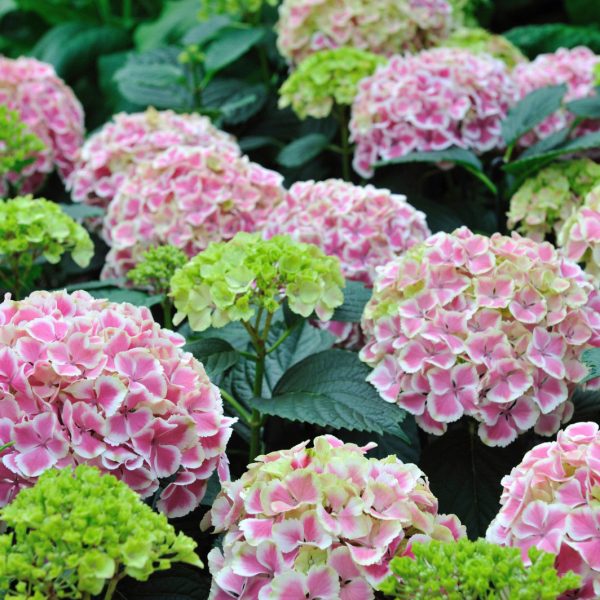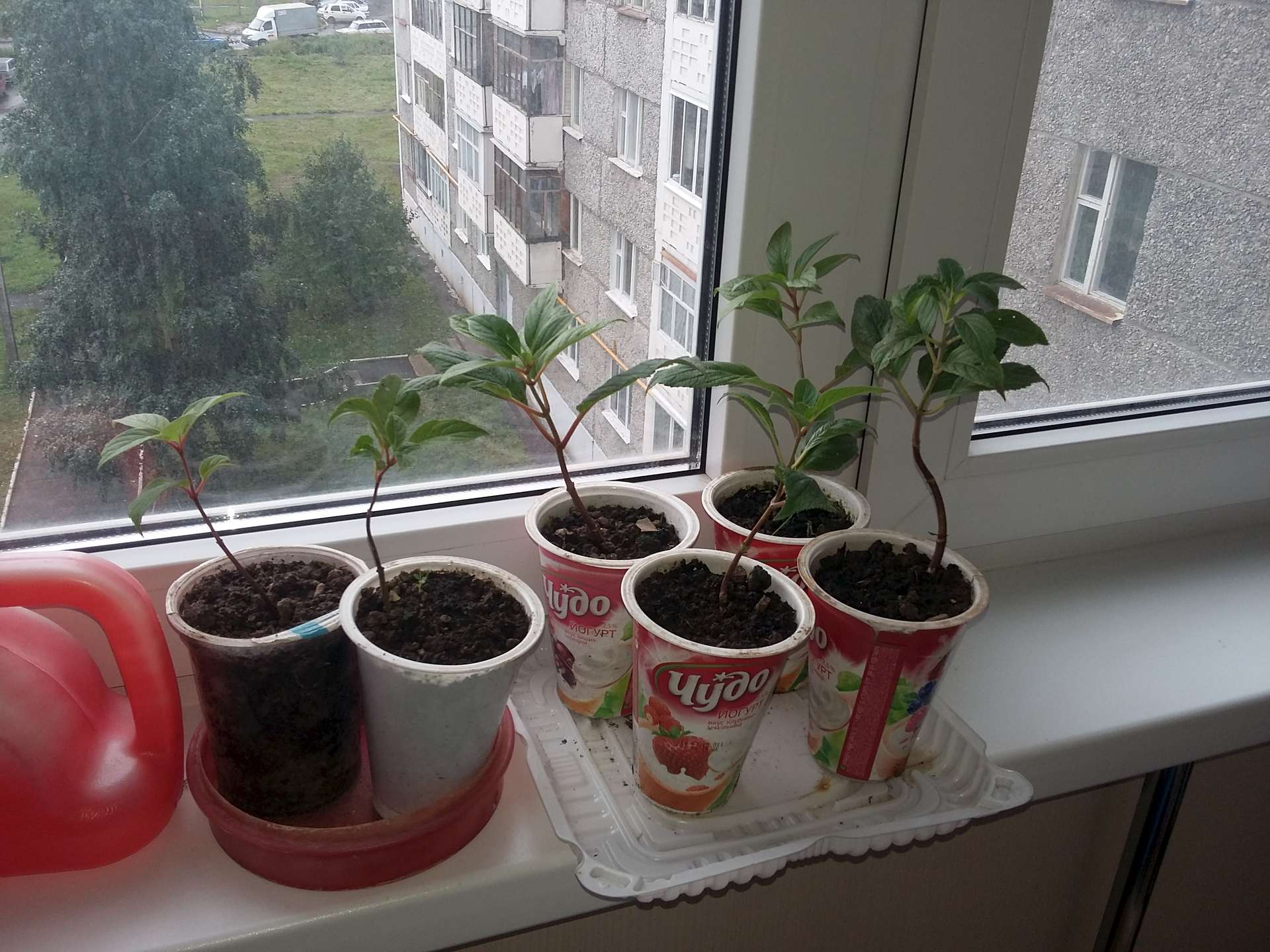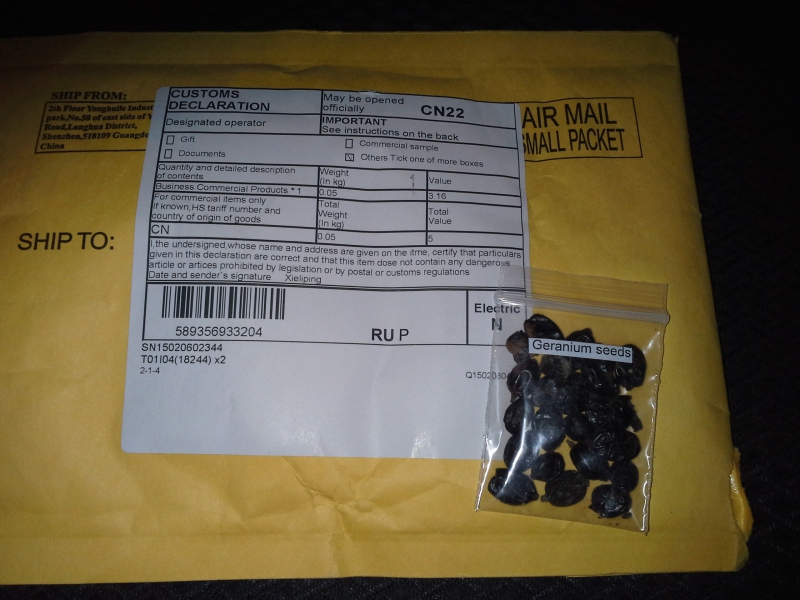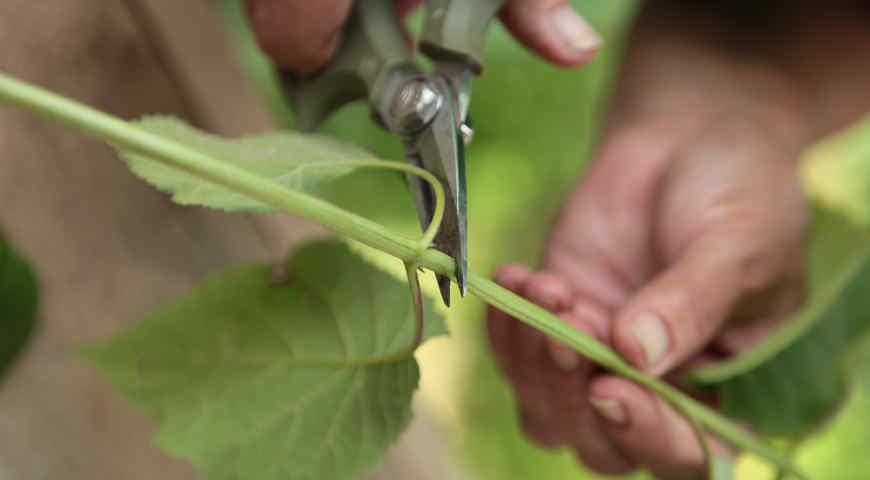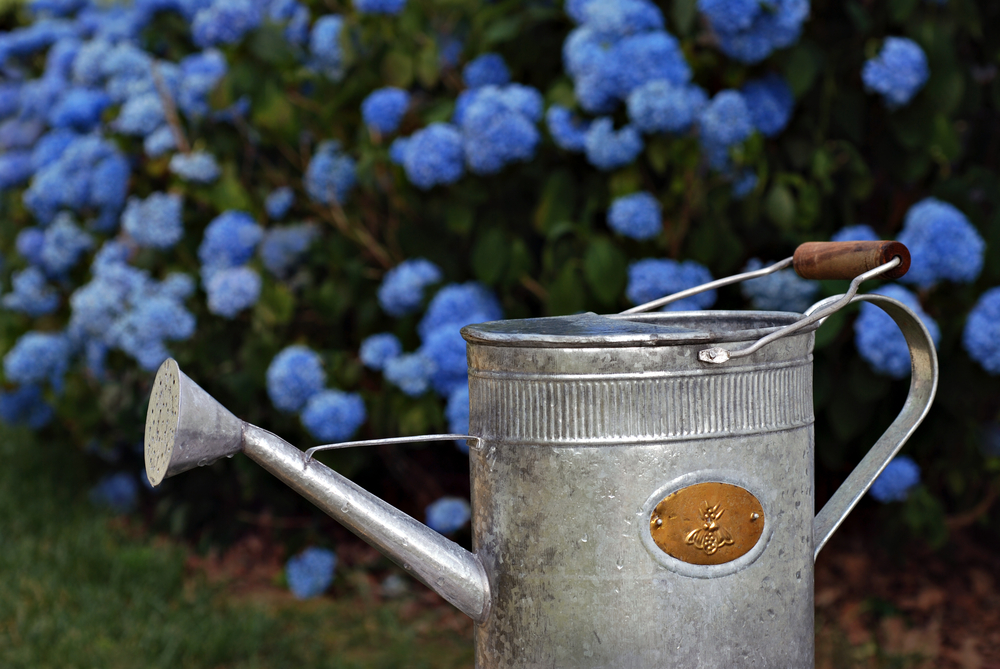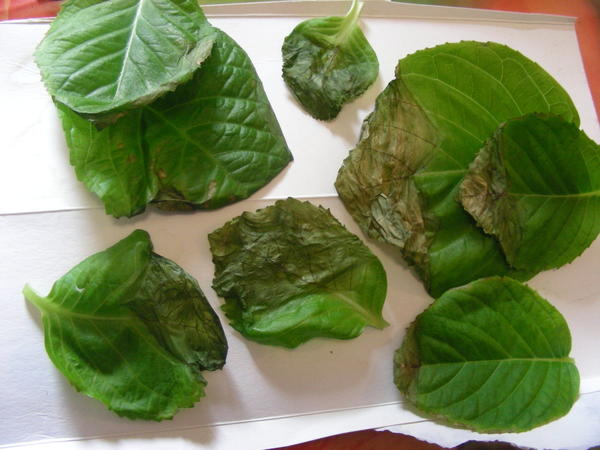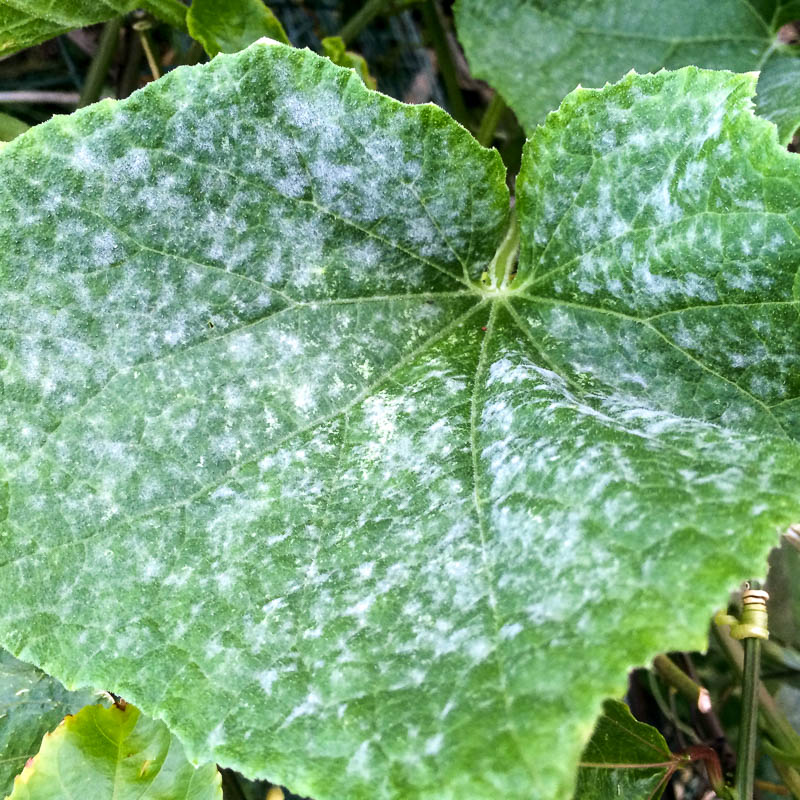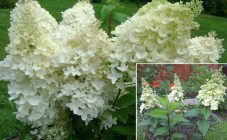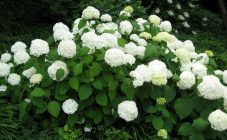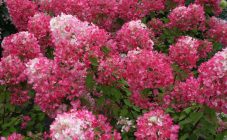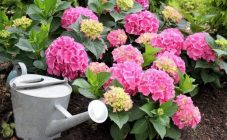Content:
Macrophile hydrangea is an extraordinary variety that has many features and benefits. Lush flowering shrubs are able to attract admiring glances, envy and delight. It is rightfully considered a garden decoration and a source of pride for any gardener.
Description of the species
Hydrangea is a plant of the saxifrage family, it has from 30 to 80 species. Bushes can reach 4 meters in height, and vines - up to 30 meters or more. There are both deciduous large-leaved species and evergreens.
Rough macrophylla hydrangea (hydrangea macrophylla) is a special species that can grow both in the garden and indoors. This miracle was brought from China in 1821. By the 70s, breeders had bred about 120 different hybrids, but many of them did not take root in cold winters and were grown as house plants.
The bushes have large leaves with denticles along the edge. Inflorescences have a spherical shape, they come in various shades: from white to dark purple. The color depends on the acidity level of the soil: on soils with a neutral pH level, the flowers are white or cream, lilac or pink flowers grow on alkaline soils, purple or blue on acidic soils. Other species have the same feature (hydrangea Variegata, hydrangea Selma large-leaved). Hydrangea blooms all summer, and in closed greenhouses - in winter.
Hydrangea macrophile: planting and care in the open field
Large-leaved macrophile hydrangea is a heat-loving plant. To date, frost-resistant varieties have been bred that tolerate harsh winters normally and are suitable for growing in flower beds and gardens.
How to plant seedlings
For planting hydrangeas, they choose a place protected from the sun and wind, where you can bend and cover the flowers for the winter.
Planting works are carried out in the following sequence:
- Since autumn, the soil is carefully fertilized, dug up, cleared of weeds and pests. In the spring, they prepare pits measuring 30 * 30 * 30 cm. About a meter is left between the bushes.
- Peat is poured at the bottom of the pit (you can use peat soil from packages), mineral fertilizers and organic matter are added.
- The roots of the seedlings are pruned and dipped in a mash made of clay and earth. Water is poured into the pit and the cutting is placed there so that the root collar is above the surface of the earth. The pits are covered with earth, and around them they mulch with humus, peat or compost.
No more than 5-6 buds should remain on the shoots, the rest should be cut off.
Seed propagation
Among gardeners, the method of propagating hydrangeas by seeds is popular. You should buy seeds only from trusted producers. When choosing a variety for sowing, you need to pay attention to how it tolerates frost and disease.
To get strong healthy seedlings, do the following:
- They dig up the earth, free it from weeds, from insect larvae.
- A high bed is formed: branches, grass are laid on the bottom, then manure or compost. From above, everything is covered with earth mixed with humus.
- The edges are leveled with a rake, spilled with hot water and covered with foil for 2-3 days.
- Seeds are scattered on the heated soil and lightly pressed with your fingers. They do not need to be covered with earth.
- On top, the seedbed is sprayed with water and covered.
In about a month, the first shoots will begin to appear. The film is being removed. Seedlings are regularly watered and weeded. In regions with poor climatic conditions, planting needs special care. Above the bed, wire arcs or a ready-made greenhouse are placed and the covering material is pulled. The edges are left open for ventilation and closed only if there is a threat of frost. When the plants are strong, all defenses can be removed.
A more reliable but time consuming way is to sow seeds at home. They begin to be sown in January-February in containers or boxes. The procedure for such sowing is as follows:
- The seeds are soaked in a plate, wrapped in a cloth or cotton wool. If an unpleasant odor or mucus develops, they are washed with clean water and soaked again. As soon as the seeds swell and release the roots, they can be planted in the ground.
- A mixture of leaf or turf soil, sand, peat and humus is poured into the boxes. You can use forest soil or soil for azaleas.
- The seeds are laid out on the surface, lightly pressed, sprayed with water and covered with foil or glass.
- The boxes with seeds are placed in a cool place with a temperature of + 15-20 degrees.
- As soon as the first shoots appear, the greenhouse is opened and placed in a bright place, but away from direct sunlight.
In the cotyledonous leaf phase, the seedlings should be planted at a greater distance from each other. The second pick is carried out at the end of May: the plants are transplanted into separate pots and taken out into the street or onto the balcony for hardening. Make sure that there are no drafts and sudden temperature changes. In adverse weather conditions, they are brought into the room. Such seedlings can be planted in a permanent place only in the third year. The first buds must be cut off so that all the forces of the plant are directed to the development of the root system.
Cuttings
Another way to propagate hydrangeas is by cuttings. If there is already a bush on the site, you can dig in a twig and plant it when the roots form.
You can prepare cuttings for spring pruning:
- Strong shoots with good buds are cut early in the morning.
- The upper part with the future flower is discarded, and the shoot is divided into parts with two pairs of buds (leaves).
- Each cutting is placed in a solution of Kornevin or any other root formation stimulator for 2-3 hours.
- Cuttings are planted in pots, watered and covered with jars.
After about a month, the plants will give roots and leaves will appear from the buds.
Correct care
In order for the macrophile hydrangea to grow well and not lose its decorative effect, it must be provided with timely care.
Watering
Plants feel comfortable in moist soil and require abundant watering. They take the water settled, sometimes adding a little potassium permanganate. To retain moisture, the trunk circles are mulched and loosened several times per season.
Top dressing
Hydrangea should be fed 3-4 times per season. For the first time, the plant is fed in the spring, at the beginning of the sap flow. The second feeding is carried out during flowering. The third time is fed after the leaves fall off the stems. Nitrogen compounds are permissible only in the first half of summer, otherwise the plants will begin to build up green mass and will not have time to prepare for wintering. Of the mineral fertilizers, potash and phosphorus are needed.
Pruning
In autumn, branches that have faded are removed, diseased and damaged shoots are cut off. In the spring, as soon as the snow melts, a more thorough pruning is carried out. The earlier this procedure is carried out, the more abundant the flowering will be. Shoots are shortened, leaving 5-6 buds.
Preparing for winter
Even frost-resistant varieties need shelter for the winter. Prepare the hydrangea for the dormant period in this way:
- With the onset of a steady cold snap, the bushes are freed from the leaves.
- Bunches are formed from the branches and carefully tied.
- The beams are tilted and pinned to the ground.
- Bent and pinned shoots are wrapped with a covering material.
- The bushes are covered with dry leaves, old bags, rags, etc. are laid on them.
If you knock boxes around the bush, then it will be much easier to cover the plant for the winter.
In the spring, there is no need to rush to open the bushes before the threat of frost passes. If, after opening the plant, a mold of mold appears on the branches, it is simply washed off with potassium permanganate or clean water.
Diseases and pests
Hydrangea is rarely affected by pests and diseases. Most of the fungi and bacteria are transmitted from seedlings or arise from high humidity and too thickened plantings. Some diseases occur when there is a lack of any substance.
Chlorosis
Due to a lack of iron, the leaves turn yellow, the plants weaken and lose their attractiveness. To get rid of the disease, the bushes are sprayed with drugs for chlorosis (Agricol, Ferovit) and iron-containing fertilizers are applied.
White and gray rot
The plant's roots rot, the absorption of nutrients stops, it dies. With white rot, the plant becomes watery, covered with plaque and dies off. For treatment, treatment of the culture with Phytosporin, Purest flower, Fundazol or any other fungicides is well suited.
Powdery mildew
In a "diseased" plant, spots and plaque appear on the leaves. If you do not take any action, gradually the affected parts die off and the plant dies. You can treat with fungicides, copper-containing preparations.
Of the pests, snails, spider mites, aphids, and nematodes are dangerous for hydrangeas. Plants for prevention are treated with copper sulfate and insect repellent.
Landscape: use in garden decoration, flower beds
The use of macro hydrangea in the garden can be extremely diverse: hedges, vertical gardening, group planting. Hydrangea looks good in combination with other flowering shrubs. Plantings of hydrangeas with clematis, irises, roses and lilies look spectacular.
The macrophile variety, like the variegated hydrangea, looks good in mixborders and in single plantings. Can be planted in tubs and pots. When choosing a macro hydrangea variety, they are guided by the area of the site, financial capabilities and their own preferences.
